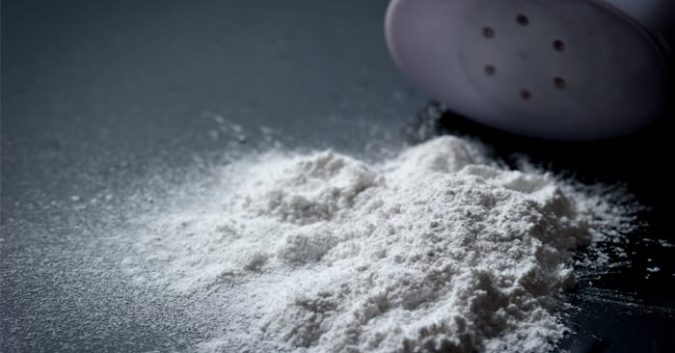There are over 13,000 plaintiffs alleging that their mesothelioma or ovarian cancer was caused by Johnson & Johnson’s baby powder. Many of those suing the company are women from demographics Johnson & Johnson targeted with advertising and coupons long after the company allegedly knew their product could be contaminated by asbestos.
A new Reuters investigation into more than half a century of Johnson & Johnson’s marketing practices shows how the company responded when experts started to publicize the risks of talc-based baby powder. As sales dropped and Johnson & Johnson learned more about the dangers of its product, it stepped up its marketing on specific groups, including:
- Teens
- African Americans
- Latinx
- Overweight women
As a marketing strategy, there is nothing inherently wrong about targeting certain demographics. No one complains, for example, when advertising for baby clothing is aimed at new parents.
What’s at issue here is that Johnson & Johnson re-branded its baby powder in response to real health concerns. Despite evidence of asbestos in the company’s talc mines, Johnson & Johnson hired top advertisers to reach specific groups with messaging that encouraged daily use of their product.
Decades of Market Maneuvering Put Women at Risk
In the 1950s, pediatricians and medical experts first alerted the public about the dangers associated with Johnson’s® baby powder. In 1966, a report of 3 children dying from accidentally inhaling the product argued that there was “no justification” for its use.
Sales in the infant market plummeted, and the company shifted its attention to attracting impressionable teenagers who would go on to become lifetime users of their product. By the 1970s, ad campaigns featured highly sexualized images of young women and promoted heavy, ritualized use of the product.
The marketing pivot was tremendously successful and began a culture of adults using baby powder routinely in their genital areas. The company encouraged such daily use of their product despite reports of asbestos in the talc mines that supplied the key baby powder ingredient. Johnson & Johnson never told regulators or consumers about these reports.
In the 1980s and 1990s, amid flagging sales of baby powder, Johnson & Johnson discovered that the product was still relevant with the African American community, particularly among women who lived in southern states with a warm climate.
They hired a firm that specialized in “ethnic marketing,” and promised to advertise directly to consumers through networks of schools and churches at the roots of southern communities. In carefully tailored messages, Johnson & Johnson sought to connect their brand with a strong Christian faith:
“When caring rituals started in infancy continue through adulthood, a person’s self-confidence and even faith in the world are often strengthened. . .
Whether in the gym, at work, at church or at the beach, Johnson’s Baby Powder helps grown-ups feel more comfortable in their own skin.”
- Marketing Pamphlet for Johnson & Johnson’s Baby Powder
Beyond the distasteful use of religious faith to sell a product, it is important to notice that Johnson & Johnson recommends using baby powder multiple times each day. These recommendations were made in spite of company knowledge that the product could be contaminated with deadly asbestos fibers.
The marketing ploy was very successful, and the Reuters investigation demonstrates how the company employed similar strategies to amplify usage among other target groups. By the early 2000s, adults accounted for more than 90 percent of baby powder use.
The Real Danger of Talc-Based Products
If only the company had been as deliberate about warning their customers as they were about maintaining profits. As members of Congress heard last month in a testimony from Dr. Anne McTiernan, a cancer prevention researcher:
“Women need to know about the risks of using talcum powder products in their genital areas. All consumers need to be warned about the contents of these products, including asbestos and fibrous talc, so that they can make informed decisions about use.”
For all their thoughtful marketing, Johnson & Johnson has never once given their consumers the benefit of such an open warning. The company has maintained its position that its talc products are harmless and contests the new investigation’s findings.
“Suggesting that Johnson & Johnson targeted a particular group with a potentially harmful product is incredibly offensive and patently false,” the company told Reuters.
Not everyone agrees the company is blameless. In March of 2019, a Johnson & Johnson was ordered to pay $29 Million to a woman dying from mesothelioma who claimed that the company’s talc-based products caused her illness.
Since the first successful talc lawsuit in 2013, 4 plaintiffs with ovarian cancer and 3 with mesothelioma have won large settlements. Johnson & Johnson is appealing the verdicts against it, but thousands more talc lawsuits are awaiting trial.
All brands are trademarks of their respective companies.
